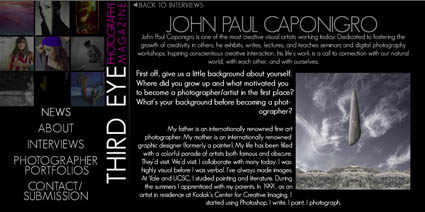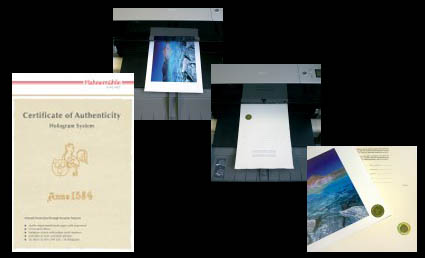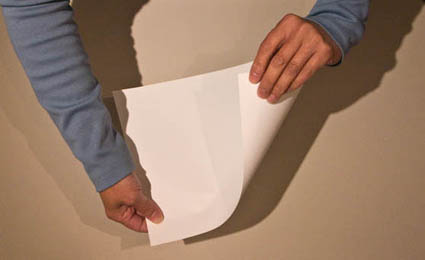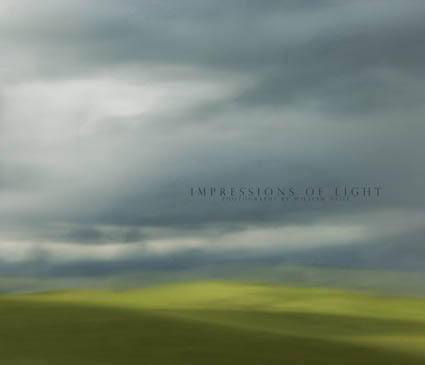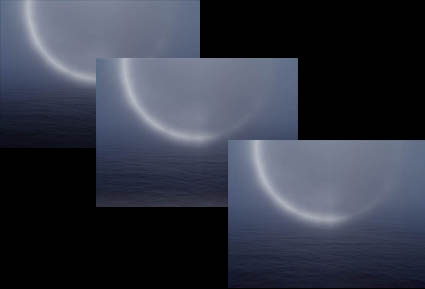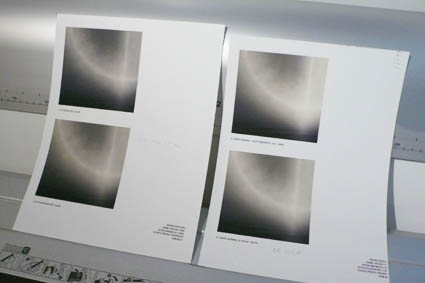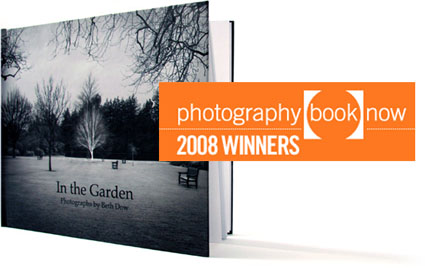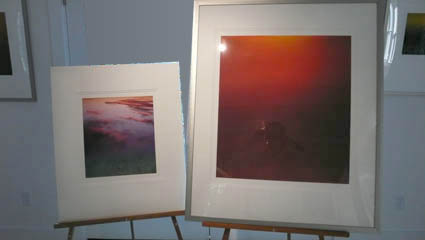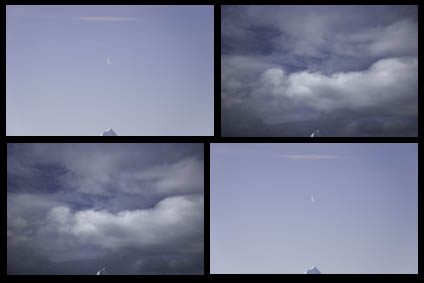
Proximity and sequencing matter. The first sequence suggests an approaching storm, while the second suggests clearing skies.
How you present your work may be almost as important as what work you present. It’s the art of arranging. And it is an art, which involves specific techniques that can be learned. What are some of the guiding principles involved? Here are a few.
Sequence matters. Start strong. Finish strong. Make getting there interesting. Whether it’s a symphony, a novel, or an exhibit. It’s good advice for arranging any creative product.
To sequence a project, you can use the metaphor of building a fence. The strongest pieces can be thought of as posts. The less strong pieces can be thought of as rails. You want to start and end with very strongest pieces to create a strong structure. You want to periodically reinforce runs of less strong units with one or more stronger units. You don’t want long runs of rails without posts or the structure may fail. A fence made only of posts becomes something else entirely, a wall with no variation or grace. The number of strong pieces you include determines how long a fence will be, though the number of other images you include may modify length somewhat …
What tips do you have for sequencing? How have you used this potential for your work? Comment here!
Check out the rest of this article in my column Illuminating Creativity in this month’s AfterCapture magazine.
Check out AfterCapture.com here.
Find 6 related PDFs here.
Learn these and other techniques in my Fine Digital Print Expert workshop here.


